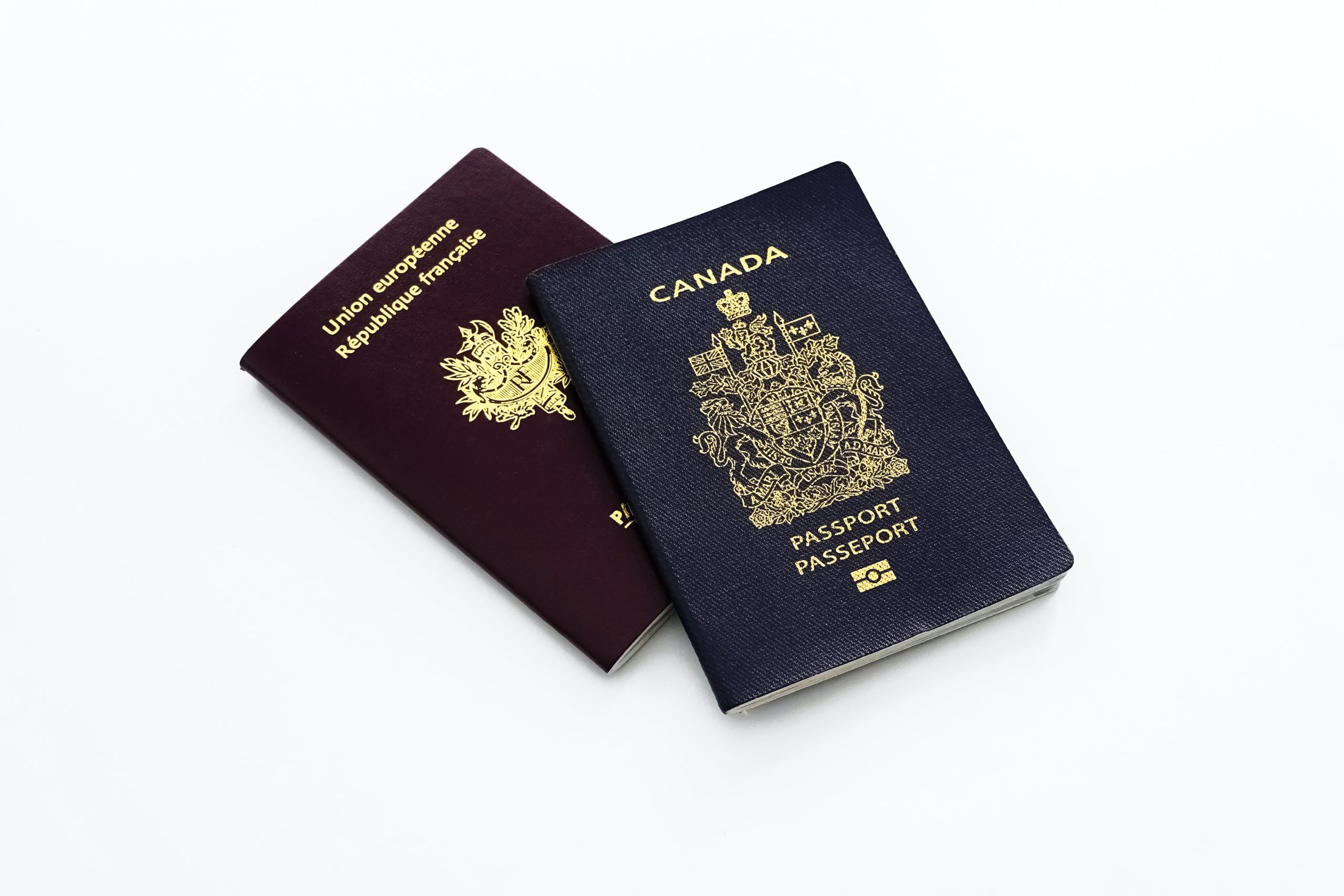Buyers and sellers often have different understandings of what items are included in the sale. Whether an item is included often depends on whether it is considered a fixture or a chattel. In general, a seller must leave the fixtures on the property, but can take the chattels. If there are fixtures excluded from the sale, or chattels included in the sale, these must be listed in the Agreement of Purchase and Sale
What is a fixture?
A fixture is an item that has been physically and permanently attached or fastened to the property in such a way that it becomes part of the property. This includes items that have been bolted, screwed, nailed, glued or cemented onto the walls, floors, ceilings or any other part of the home. Examples include light fixtures, ceiling fans, TV mounts, doors and counters. Unless specifically noted in the Agreement of Purchase and Sale, fixtures are included in the purchase.
What is a chattel?
A chattel is an item of personal property that can be removed without damage to the property. For example, things that are plugged in and can be removed without any damage or alteration are usually chattels. Other examples of chattels would be furniture and curtains. Unless specifically noted in the Agreement of Purchase and Sale, chattels are not included in the purchase.
Unfortunately, there is often confusion about specific items. A bathroom mirror that is hung like a picture is a chattel, but if it is secured to the wall, it is a fixture. Appliances are usually considered chattels, unless they are built in, in which case they are fixtures. Window coverings are usually considered to be chattels, although the brackets may be fixtures.
If there is any doubt about whether something is a fixture or a chattel, it is better to mention it specifically in the agreement so everyone is clear about whether it is included in the sale. When in doubt, ask your real estate lawyer.








